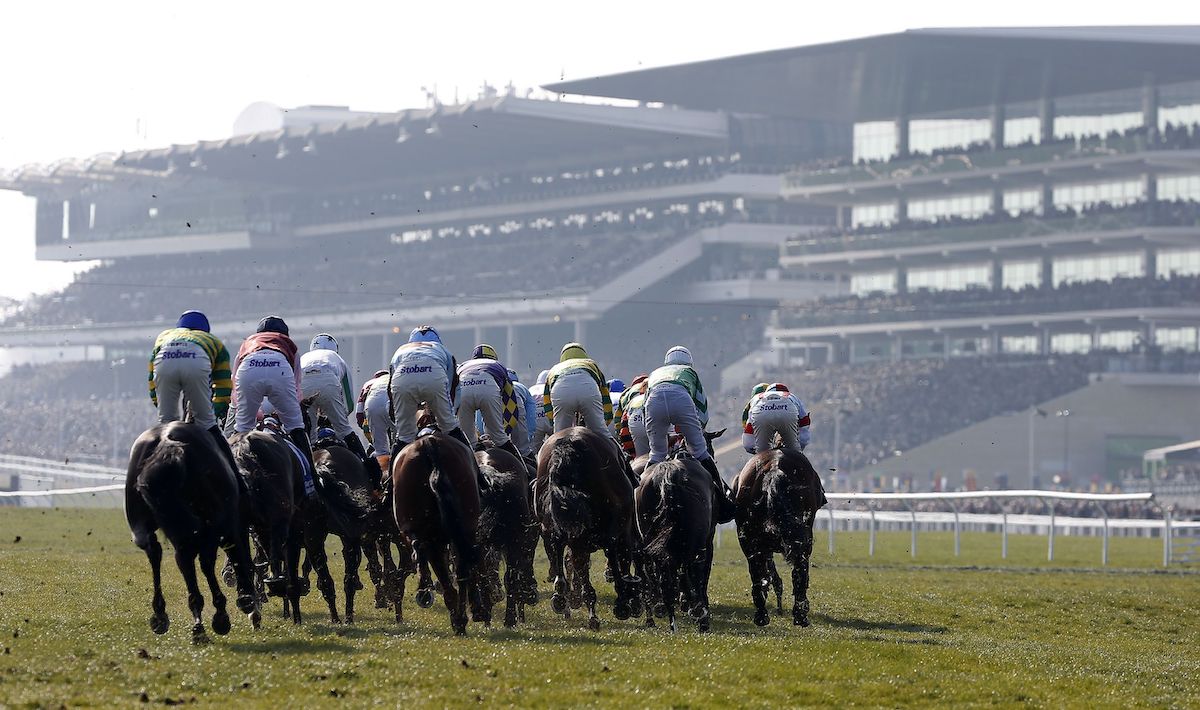The significance of horse racing in the UK
Discussing the significance of horse racing in the UK and exploring its two main seasons, the flat season and the national hunt season.

In the UK, horse racing is one of the most dominant sports, with British racing events watched on TV, online and attended by millions annually. The sport's lengthy history is an integral part of the nation's culture, with racing loved by everyone from royalty to everyday folk. This ability to capture the hearts of all types of people has led to horse racing being commonly referred to as both the "sport of kings" and the "people's sport." Legend has it that horse racing in the UK dates back to the third century, meaning it is deeply embedded in the country's sporting identity.
On this page, we discuss the significance of horse racing in the UK, exploring its two main seasons, the flat season and the national hunt season.
Flat Season
The longer of the two seasons, the flat season, typically lasts from April through October. During this time, many of the most renowned flat races take place, including the five Classics; the 2000 Guineas Stakes, 1000 Guineas Stakes, Epsom Derby, Epsom Oaks and the St Leger. These races are among the most prestigious and lucrative in the world, drawing the world's best horses, jockeys, and trainers.
There are numerous other significant events throughout the year that contribute to the sport's prominence and appeal. Royal Ascot is a five-day festival of horse racing held in June and is attended by members of the royal family. It is also popular for fashion and socialising, making it one of the most significant horse racing events of the year.
Flat racing horses begin racing at the age of two and can continue for as long as jumps horses, some of which race into their teens. The best flat horses retire much before them to go to stud, where they can earn their owners millions. A famous example of this is Galileo. Named European Champion Three-Year-Old Colt in 2001, Galileo won the Derby, Irish Derby and King George VI and Queen Elizabeth Stakes that year. However, it was during his retirement when he rose to prominence. Galileo has sired almost 100 Group 1 winners, including a record-breaking five Epsom Derby wins.
The shortest National Hunt races are sprints, over five furlongs in distance. There are eight furlongs in a mile. Therefore, they are less than a third of the distance of the shortest jump races and are frequently completed in under a minute.
Flat races are started from stalls whereas races over obstacles employ a 'flip start,' in which a solid elastic material is stretched across the starting line. This is one of the key differences between the race types.
National Hunt Season
The National Hunt season is often shorter, lasting from November to April. This is when the nation's best jump horses compete in a series of exciting and difficult races, including the Cheltenham Gold Cup, the Grand National and the King George VI Chase.
The name 'jump racing' gives you an indication of the type of race, one with jumps! In general, there are two types of obstacles which horses must clear, hurdles and fences.
These races are renowned for their difficult and challenging courses, and are among the most popular and anticipated in global horse racing.
In addition to being a popular sport in the country, horse racing has a considerable economic impact. The sector employs thousands of individuals, including trainers, jockeys, stable staff, grooms and provides millions of pounds annually to the UK economy. In 2022, horse racing contributed a huge 3.4bn GBP to the UK's economy yearly. The sport is also a significant source of cash for many local communities, especially rural areas where racetracks are frequently situated.
What's more, iconic races, like the ones mentioned above, draw the attention of bettors globally. According to sources, a huge £3bn is bet on UK racing every year, with this number rising.